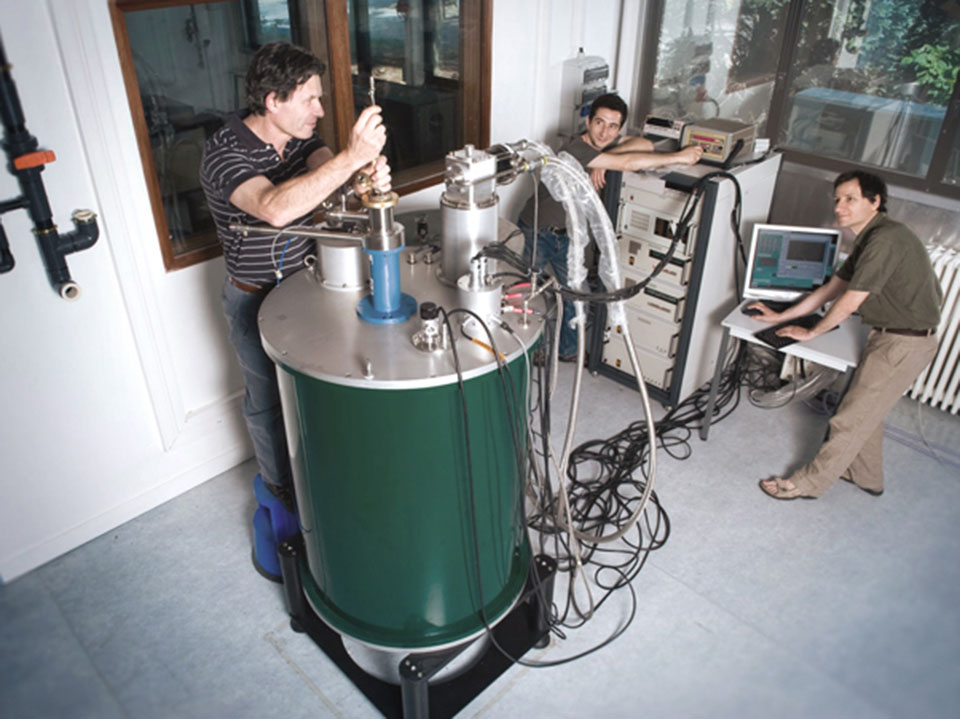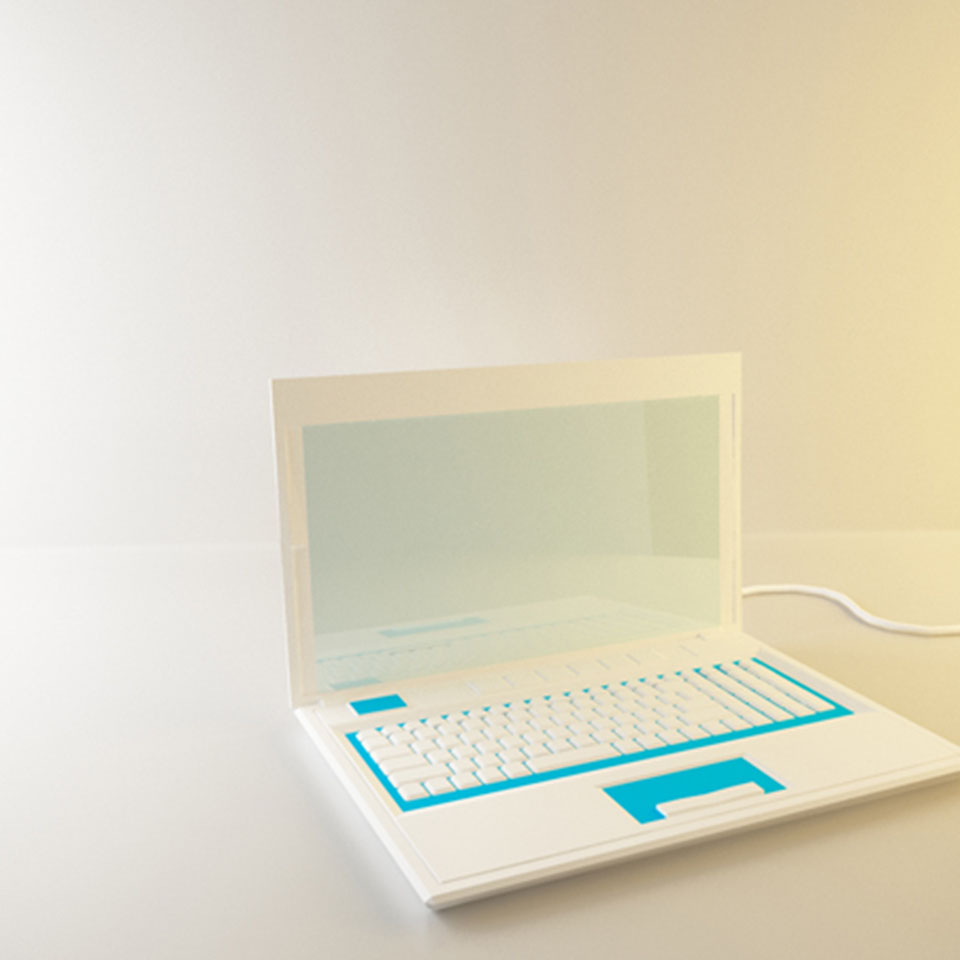Metals and insulators : the quantum difference !
In matter, electrons behave like quantum waves trapped in a box.
The stacking of their energies in metals enables some of them to move freely and to carry electric current. We find the same electrons in insulators, but this time, none of them has enough energy to circulate easily.
Thanks to this subtle difference researchers have designed adjusted materials that are at the core of modern electronics.

In laboratory : Superconductors : the most perfect metals !
Some metals carry electric current perfectly well when they are cooled at a very low temperature. No more resistance, no more heating! This is what superconductivity is about. Even more surprisingly, magnets levitate when put next to superconductors. We have a good understanding of superconductors: the electrons in a low-temperature metal form a giant quantum wave. But there remains a great mystery: we find it in some ceramic materials at unusually high temperatures.

Practical application : Computers and quantum mechanics
The invention of the transistor by quantum physicists is at the origin of the amazing development of computers. These researchers have managed to put conduction electrons inside insulators by adding other atoms chosen for their quantum properties. They have developed new devices whose electric properties are revolutionary, such as transistors, laser diodes, LEDs, and flash memory.
